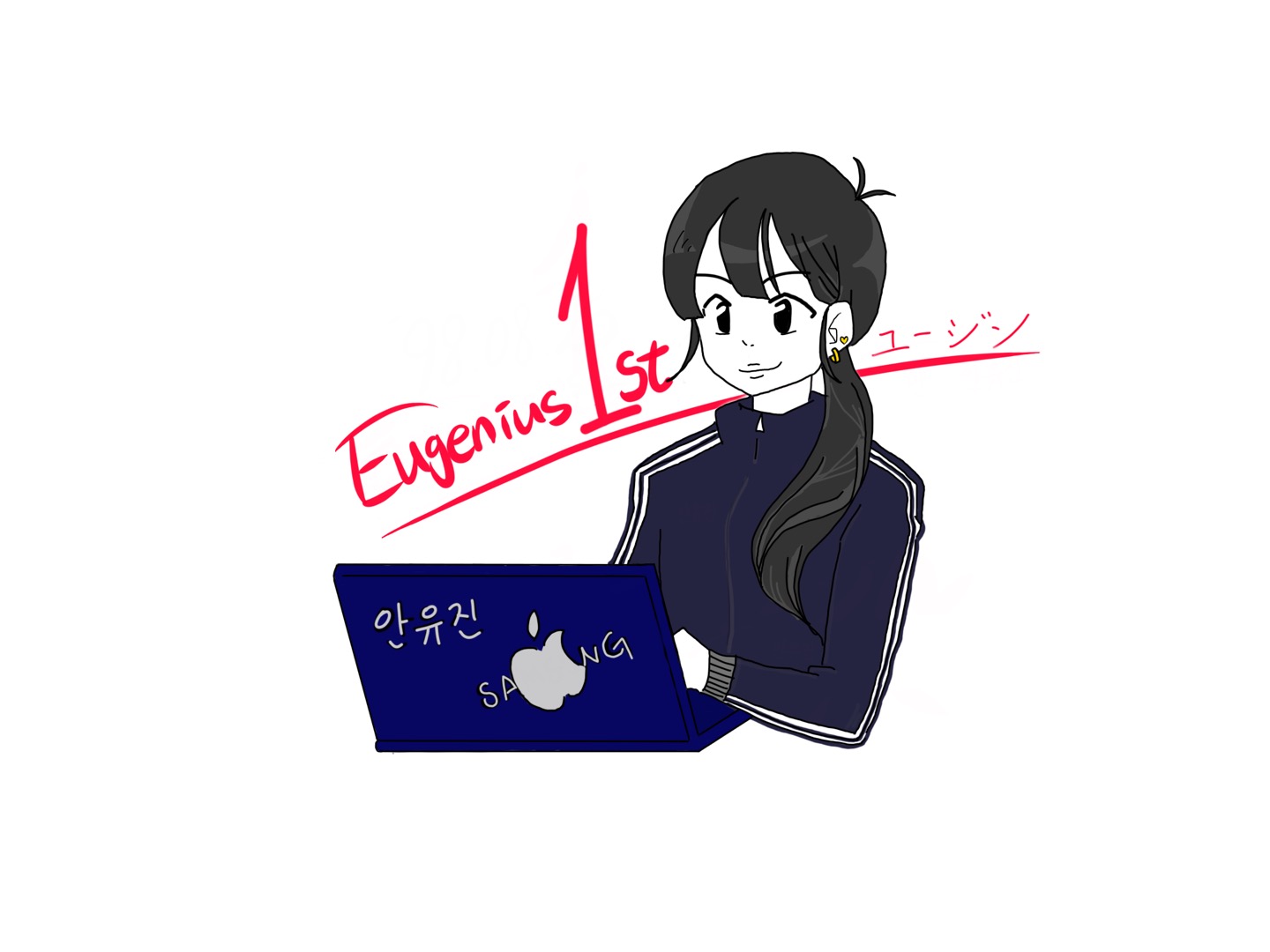웹 코드 영역을 이미지로 다운로드 하기
은근 자주 구현하게 되는 코드이다.
라이브러리 없이 구현하는게 제일 마음 편해서 공유한다
Javascipt
document.getElementById('downloadBtn').addEventListener('click', function() {
const captureElement = document.getElementById('capture');
// Create a canvas element
const canvas = document.createElement('canvas');
canvas.width = captureElement.offsetWidth;
canvas.height = captureElement.offsetHeight;
const context = canvas.getContext('2d');
// Draw the element on the canvas
context.fillStyle = 'white'; // Set the background color if needed
context.fillRect(0, 0, canvas.width, canvas.height);
context.drawImage(captureElement, 0, 0);
// Convert canvas to data URL
canvas.toDataURL('image/png', (dataUrl) => {
// Create an anchor element and set the href attribute to the data URL
const link = document.createElement('a');
link.href = dataUrl;
link.download = 'capture.png';
link.click();
});
});
html
<!DOCTYPE html>
<html lang="en">
<head>
<meta charset="UTF-8">
<meta name="viewport" content="width=device-width, initial-scale=1.0">
<title>Div to Image</title>
</head>
<body>
<div id="capture" style="width: 200px; height: 200px; background: lightblue; text-align: center; padding-top: 50px;">
Capture this content
</div>
<button id="downloadBtn">Download as Image</button>
<script src="script.js"></script>
</body>
</html>
html-to-image 라이브러리
리액트 컴포넌트 코드
import React, { useRef } from 'react';
const DivToImage = () => {
const captureRef = useRef();
const handleDownload = async () => {
const captureElement = captureRef.current;
// Create a canvas element
const canvas = document.createElement('canvas');
canvas.width = captureElement.offsetWidth;
canvas.height = captureElement.offsetHeight;
const context = canvas.getContext('2d');
// Draw the element on the canvas
context.fillStyle = 'white'; // Set the background color if needed
context.fillRect(0, 0, canvas.width, canvas.height);
// Draw the HTML element on the canvas
const data = await htmlToImage.toPng(captureElement);
const img = new Image();
img.src = data;
img.onload = () => {
context.drawImage(img, 0, 0);
// Convert canvas to data URL
const dataUrl = canvas.toDataURL('image/png');
// Create an anchor element and set the href attribute to the data URL
const link = document.createElement('a');
link.href = dataUrl;
link.download = 'capture.png';
link.click();
};
};
return (
<div>
<div
ref={captureRef}
style={{
width: '200px',
height: '200px',
background: 'lightblue',
textAlign: 'center',
paddingTop: '50px',
}}
>
Capture this content
</div>
<button onClick={handleDownload} className="mt-2 p-2 bg-blue-500 text-white rounded">
Download as Image
</button>
</div>
);
};
export default DivToImage;
html2canvas 라이브러리
리액트 컴포넌트 코드
import React, { useRef } from 'react';
const DivToImage = () => {
const captureRef = useRef();
const handleDownload = () => {
const captureElement = captureRef.current;
// Create a canvas element
const canvas = document.createElement('canvas');
canvas.width = captureElement.offsetWidth;
canvas.height = captureElement.offsetHeight;
const context = canvas.getContext('2d');
// Draw the element on the canvas
context.fillStyle = 'white'; // Set the background color if needed
context.fillRect(0, 0, canvas.width, canvas.height);
// Use HTMLCanvasElement's drawImage method to draw the element
html2canvas(captureElement).then(canvas => {
const dataUrl = canvas.toDataURL('image/png');
// Create an anchor element and set the href attribute to the data URL
const link = document.createElement('a');
link.href = dataUrl;
link.download = 'capture.png';
link.click();
});
};
return (
<div>
<div
ref={captureRef}
style={{
width: '200px',
height: '200px',
background: 'lightblue',
textAlign: 'center',
paddingTop: '50px',
}}
>
Capture this content
</div>
<button onClick={handleDownload} className="mt-2 p-2 bg-blue-500 text-white rounded">
Download as Image
</button>
</div>
);
};
export default DivToImage;
